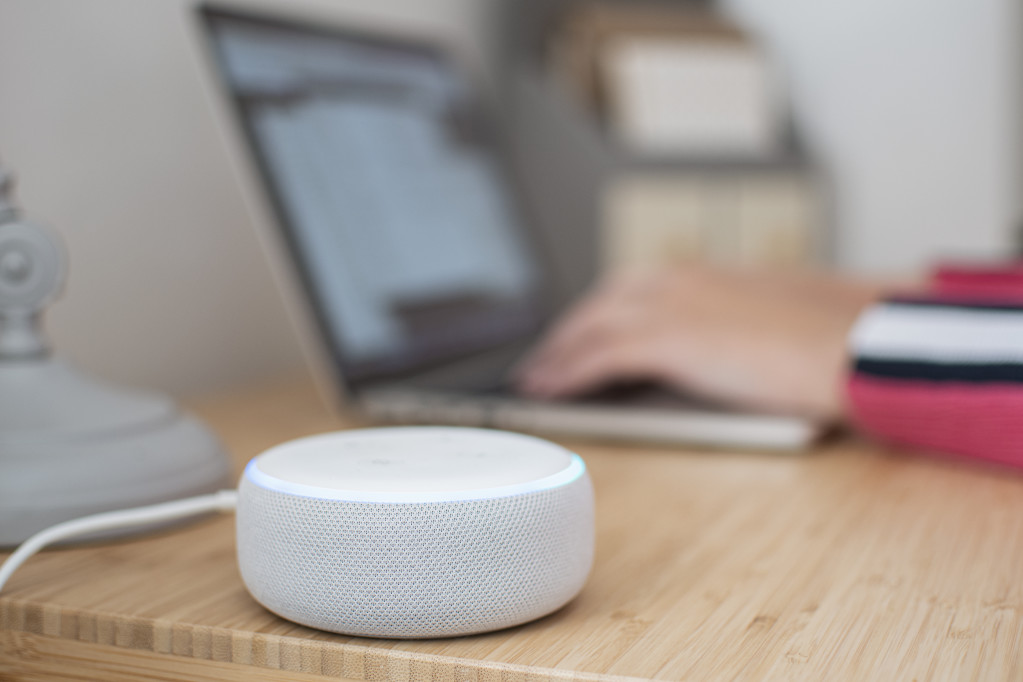According to Gartner, over the next few years, 25% of customer service and support operations will use some form of bot technology. This digital shift has resulted in the rise of chatbots and virtual assistants (VA). Chatbots and Virtual Assistants are primarily computer programs powered by AI that can interact with humans. It is now very common for people to interact with one or both of these technologies daily, which led to most people believing that both of these technologies are the same.

Chatbots and Virtual Assistants, however, are two distinctly different computer programs with very different roles and purposes. A closer examination of these two technologies would reveal their differences. Below are some of the major differences that I have noticed between them:
Intelligence
Chatbots are typically text-based programs that are programmed to respond to a limited set of questions or statements. They will fail if the question is not one of the customer’s previously learned set of responses. Chatbots are unable to maintain long periods of continuous human interaction.
Virtual Assistants, on the other hand, have a much more sophisticated interactive platform. They comprehend not only the language but also the underlying meaning of what the user is saying. They can learn from past experiences and exhibit unpredictability in their behaviour. They will be able to have a long human interaction this way. They can also be programmed to perform slightly more difficult tasks.

Natural Language Processing
Chatbots are not programmed to respond to changes in language usage. It does not have strong language processing abilities. It only selects specific words from the user and responds with a pre-programmed response.
Meanwhile, virtual assistants can handle conversations, have strong NLP capabilities, and handle a limited number of conversations through hard-coding, wildcard word matching, and time-consuming keyword training.
Tasks
Chatbots have limited use and lack sophisticated algorithms in areas such as customer support and automated purchases. It can only perform simple tasks and cannot perform complex tasks.
Virtual Assistants have a broader scope and can perform various tasks, such as product comparison or finding the best product based on the given features. It is also used for tasks such as decision-making and e-commerce.

Design
Chatbots are built using models, which provide an architecture for generating responses. Several models govern the design of Chatbots, and relevant models are chosen to build them based on the purpose for which they are used.
On the other hand, virtual assistants are powered by artificial neural networks (ANNs) that continuously learn from previous inputs. ANNs are used to recognise, classify, predict, and analyse user inputs to produce accurate user queries.

Wrapping Up
Chatbots and Virtual Assistants are both forms of Artificial Intelligence with similar technical foundations. However, they are vastly different in many ways. Both of these technologies address different needs and are used in different ways. Chatbots and Virtual Assistants are fundamentally different in design, and neither can perform the same functions as the other.
RELATED: Intro to Conversational AI


